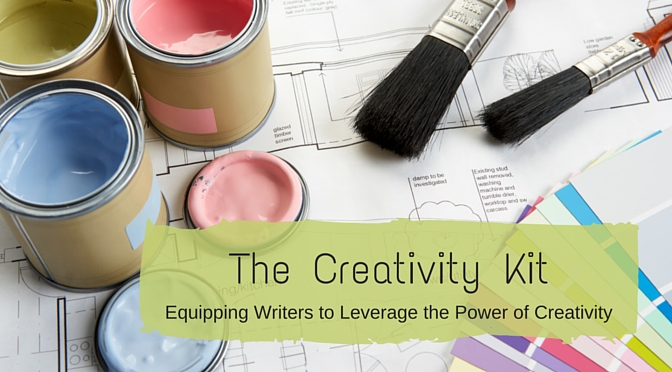
Building Your Creative Space
Boosting Creativity: How Clean, fresh Air Can enhance Your Writing Space
Staying creative is essential for life as a writer. Even for those who consider themselves endlessly creative, there can…
July 18, 2024
Staying creative is essential for life as a writer. Even for those who consider themselves endlessly creative, there can…
July 18, 2024
Remember that old saying, You are what you eat? Just as the food we consume affects the overall health…
December 8, 2018
Most authors will hit a dry spell at some point in their career. Whether they consider it “writers block”…
November 7, 2018
Ever feel guilty indulging your creative streak when it’s not contributing to your word count? Join us as we…
November 16, 2017
Welcome to The Creativity Kit! Each month tips and tools to help boost your creativity skills will be found…
May 3, 2016